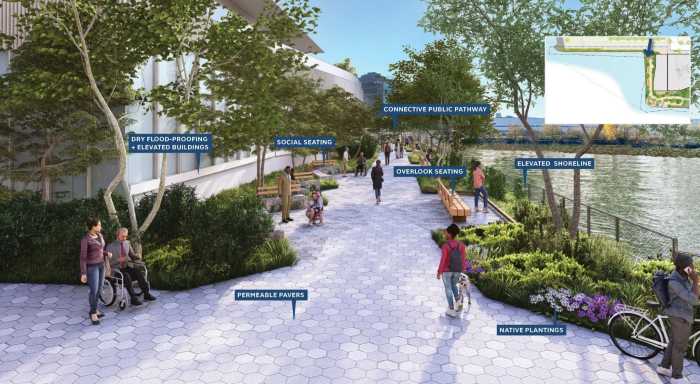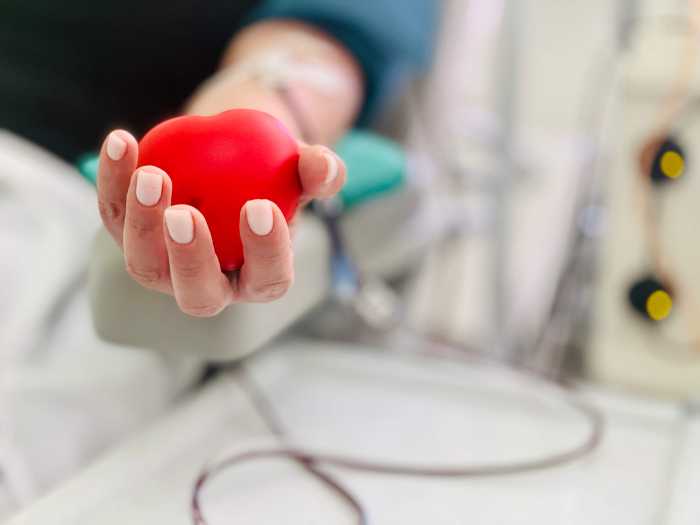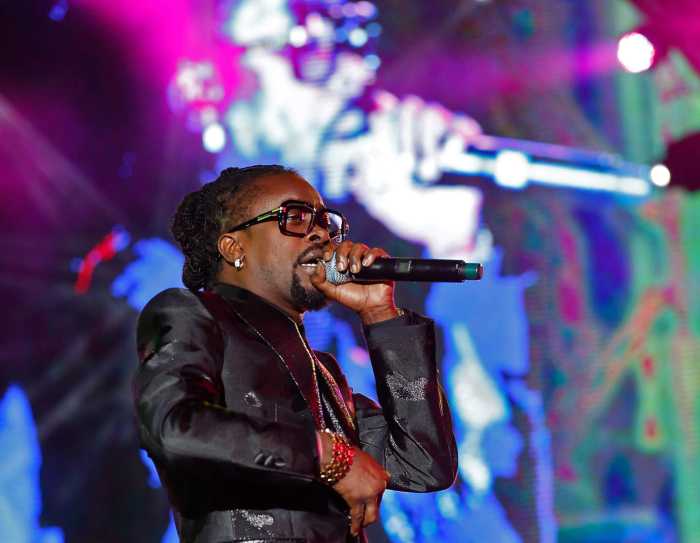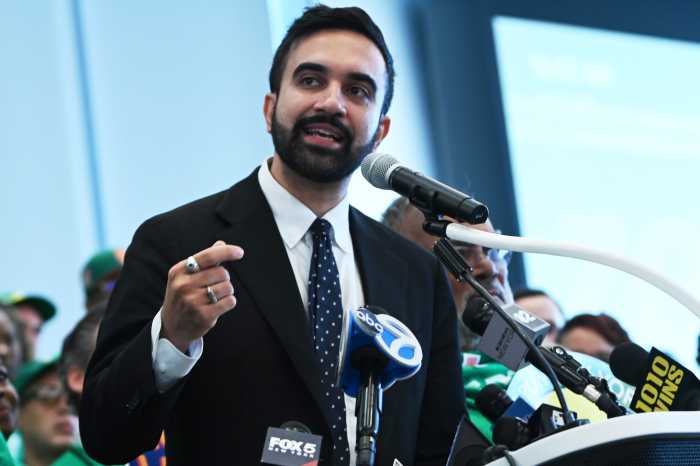I was in Berkeley, California, a couple weeks ago, and I asked a guy if there was a gay bar in town.
“Nobody here goes to bars,” he told me.
“Where do people meet?”
“In affinity groups.”
I didn’t know what he meant.
Affinity groups, he explained, are groups of guys who get together to explore their mutual interests—opera, wrestling, salsa, Bible study, Scrabble and the like.
I felt more than usually depraved. In Berkeley, it seems, bars are now as reprehensible as cigarettes and Log Cabin Republicans.
It’s too bad. For at least in my experience, bars are the one place where gay folk are apt to meet other gay folk who aren’t just like them. As necessary as groups like OutProfessionals and Gay Pacific Islanders are to the health of our community, it would be a shame if we all scurried into our little affinity niches and missed the wonderful miscellany of personalities you find in any good gay bar.
Gay bars have had their ups and downs over the last few dizzying decades.
For Christians, the birth of Christ is an event that creases history into two parts: B.C. and A.D. For gays, it’s a saloon that divides our time chart. Before Stonewall and After Stonewall. In ‘60s movies like “Advise and Consent” and “The Detective,” gay bars were sordid, dark and spooky dives for the faggy and the predatory. In real life, of course, gay bars were refuges from the harsh homophobic world outside and the only spooky part was the prospect of cops bursting in and dragging you off into a police van.
When bar patrons at the Stonewall finally had enough of this harassment and rioted in anger, well, the rest is history—B.S. and A.S.
In the ‘70s, suddenly, everything changed. Gay bars evolved into paradisiacal disco clubs so influential in music and fashion, straight couples lined up to get in and learn the latest dance moves. Yesterday’s outcasts were today’s trendsetters. Sex was self-affirmation on poppers.
In the ’80s, AIDS interrupted the party. Gay bars were now often seen as dens of dissolution and disease. Alternatives to bars sprang up everywhere. Organizations like ACT UP, GMHC and countless others provided a world of non-alcoholic places where gays could get together.
Drinking itself was going out of fashion. Alcoholics Anonymous, founded in 1935, had a second springtime and in major cities there were special meetings just for gays. Twelve-step programs for drinkers and debtors and drug addicts and sex addicts were very much in vogue.
The syndication of Oprah Winfrey’s show in 1986 was a boon to the therapeutic view of life. Soon, Oprah had drafted the entire nation, it seemed, into one big boot camp for recovery from addiction, obesity, anorexia, abusive relationships and the various boundary problems that keep us from achieving our Buddha, our Oprah, ourselves. In this new climate, gay bars no longer seemed safe harbors; they were hideouts for barflies and lechers avoiding their dependency issues.
Oprah and her partners in her therapy did us some good, statistics show. Researchers Tonda L. Hughes and Michele Eliason, who have digested the most important studies of alcohol use among gays in the last two decades, report that alcohol abuse among gays is down a little over the last 20 years or so. Drug use is another matter. Crystal meth and the orgiastic benders it inspires are spreading venereal disease at a frightening clip. Time will tell if the reports of a new and deadlier strain of HIV are true—right now, it doesn’t seem likely—but there is no disputing the rise in HIV infection among gay men. The convenience of shopping online for sexual partners has contributed to the calamity. It no longer takes a half hour of cruising, an hour of chatting, and a bar tab to find the physiognomy of one’s dreams. All it takes is a screen name—Muscletwink, Oklahomo, Queer4 trannies—and a five-minute walk to hook up with a neighbor psyched for sex.
Granted, not everyone online is a bare-backing tweaker with a yen for group sex (BBFiend43somes). There are scattered reports of individuals in cities throughout the country who use online dating services for dating. And there are horny bastards who hook up online without forgetting to bring condoms and a modicum of sanity.
But it’s all a little chilly—no?—compared to the bonhomie of a bar, with all its eye contact, laughter, war stories of other queers who just returned from Christmas with their families. The only camaraderie you can find on the Internet is virtual: you can’t hear people LOL. In a bar you can use your real name—even if it’s Herschel; they’ll find out anyway. You can be yourself, not the porn-star archetype (Bigblackdaddy) so hard to live up to when you open your mouth. You can flirt—and get the reassurance of being found attractive—without having to do the dirty in 30 minutes, the night before an exam or a presentation. Seeing is believing: you can see if your intended is a 26-year-old Jake Gyllenhal lookalike—instead of learning, after serious cab fare, that he is a 40 year-old Maggie Gyllenhal lookalike. You can learn about the Oscar race, the sex life of local weathermen, the real estate market, the next demo in support of gay marriage, the next big thing in queer theory. All this and trail mix too.
In the last decade, gay bars—well, many of them—have refashioned themselves as, alternately, finished basements with Scandinavian furniture from the ‘50s, or cocktail lounges so sleek and Bauhausy, the bathroom sink could be a Brancusi. Kids in hoodies favor the former, pumped-up condo-owners the latter. Every night of the week is a different “party”—Loungewhore Saturdays (with drag-queen hostesses), Desperate Sundays (with “Desperate Housewives” on plasma TV), Go-Go Mondays (with beautiful boys on the bar), Karaoke Tuesdays (say no more). It’s a kinetic culture, with salsa nights, pool tournaments, chubbies and their chasers, leather gift shops, lesbian 2-for-1 specials and gay-friendly political candidates dropping in for a fund-raiser. Affinity groups from outside the bar (Gay Pilots, Heritage of Pride, Different Spokes) bring hot trays of meatballs for their benefits.
Remember “Cheers,” the long-running TV show that celebrated the camaraderie to be found in a little bar in Boston? Back in the 1980s, the heyday of show, the television sets in gay bars were more likely to be set to “Kate and Allie” or the bitches of “Dynasty” than to the regular Joes of “Cheers.” Yet the premise of the show—that a bar can provide the sense of community lonely city dwellers lack—was, and is, at least as relevant to homos as to hets. How many gays—even today—have fled their hometowns for cities where, after work, they can knock back a beer with other refugees from gym class and Bible study? Where else can you find a shrink and mailman (and a decorator or two) swapping stories and exchanging phone numbers?
For better or worse, bars remain the home away from home for countless queers who feel uncomfortable at work, unwelcome in church, unsafe on the street or the subway. After a hard day’s work in the straightjacket of heterohegemony, a gay bar is a place to relax, cut loose, and reboot one’s sense of self. If you don’t get plastered, this isn’t pathology; it’s community.
Kevin Scott, a screenwriter (“Key Exchange”) who teaches at NYU, is the author of a new novel, “The Boys in the Brownstone” (Haworth Press), about a bar in Manhattan.
gaycitynews.com


































